Whole Numbers
Whole numbers are the set of numbers that includes all the natural numbers (1, 2, 3, ...) and the number 0. They do not include any fractions or decimals.
Whole numbers are used for counting and ordering, and they can also be used in basic arithmetic operations such as addition, subtraction, multiplication, and division.
Examples of whole numbers include 0, 1, 2, 3, 4, 5, and so on.
Whole numbers are represented on the number line as evenly spaced points, with 0 as the starting point and the positive whole numbers extending to the right.
.◂Math Worksheets and Study Guides Second Grade. Fractions Greater Than or Less Than 1/2
Study Guide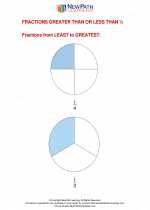 Fractions Greater Than or Less Than 1/2
Fractions Greater Than or Less Than 1/2  Worksheet/Answer key
Worksheet/Answer key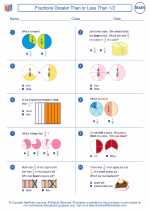 Fractions Greater Than or Less Than 1/2
Fractions Greater Than or Less Than 1/2  Worksheet/Answer key
Worksheet/Answer key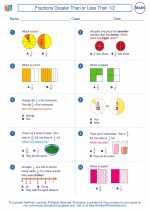 Fractions Greater Than or Less Than 1/2
Fractions Greater Than or Less Than 1/2  Worksheet/Answer key
Worksheet/Answer key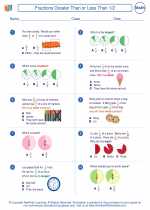 Fractions Greater Than or Less Than 1/2
Fractions Greater Than or Less Than 1/2  Worksheet/Answer key
Worksheet/Answer key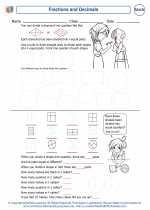 Fractions and Decimals
Fractions and Decimals  Worksheet/Answer key
Worksheet/Answer key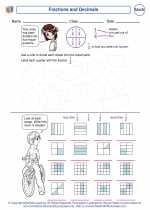 Fractions and Decimals
Fractions and Decimals  Vocabulary/Answer key
Vocabulary/Answer key Fractions Greater Than or Less Than 1/2
Fractions Greater Than or Less Than 1/2 

 Worksheet/Answer key
Worksheet/Answer key
 Worksheet/Answer key
Worksheet/Answer key
 Worksheet/Answer key
Worksheet/Answer key
 Worksheet/Answer key
Worksheet/Answer key
 Worksheet/Answer key
Worksheet/Answer key
 Vocabulary/Answer key
Vocabulary/Answer key

Create And Print more Fractions worksheets with Comparing Fractions, Equivalent Fractions, and Simplifying Fractions
The resources above cover the following skills:
Number and Operations (NCTM)
Understand numbers, ways of representing numbers, relationships among numbers, and number systems.
Understand and represent commonly used fractions, such as 1/4, 1/3, and 1/2.